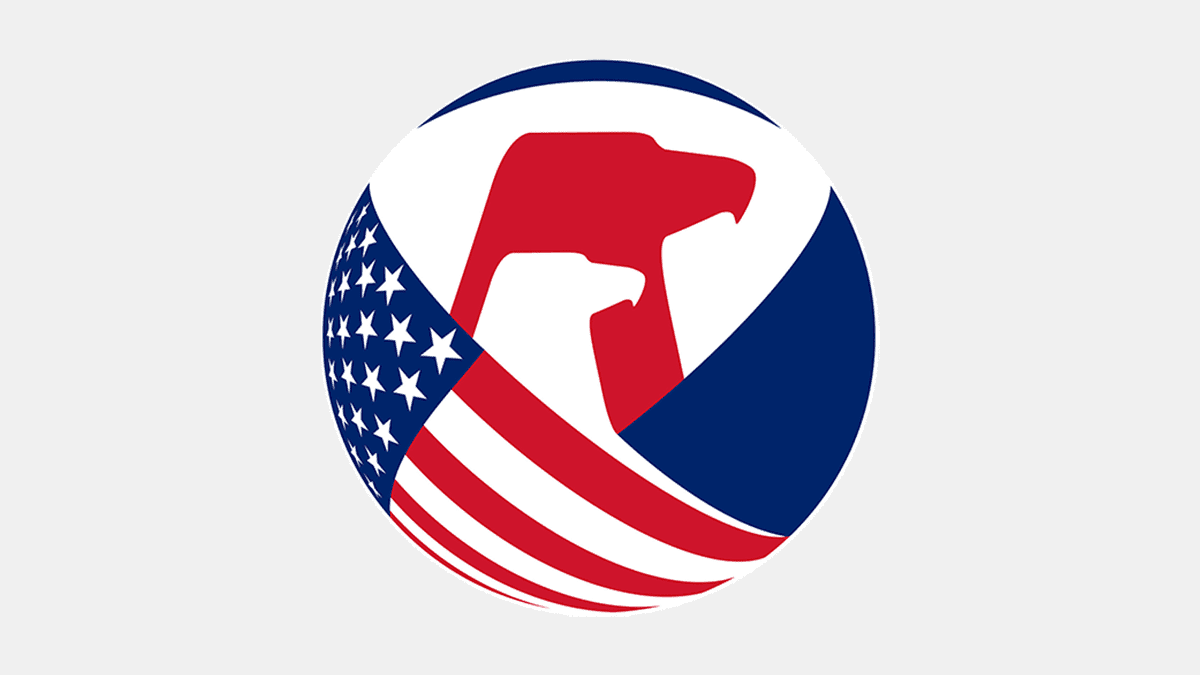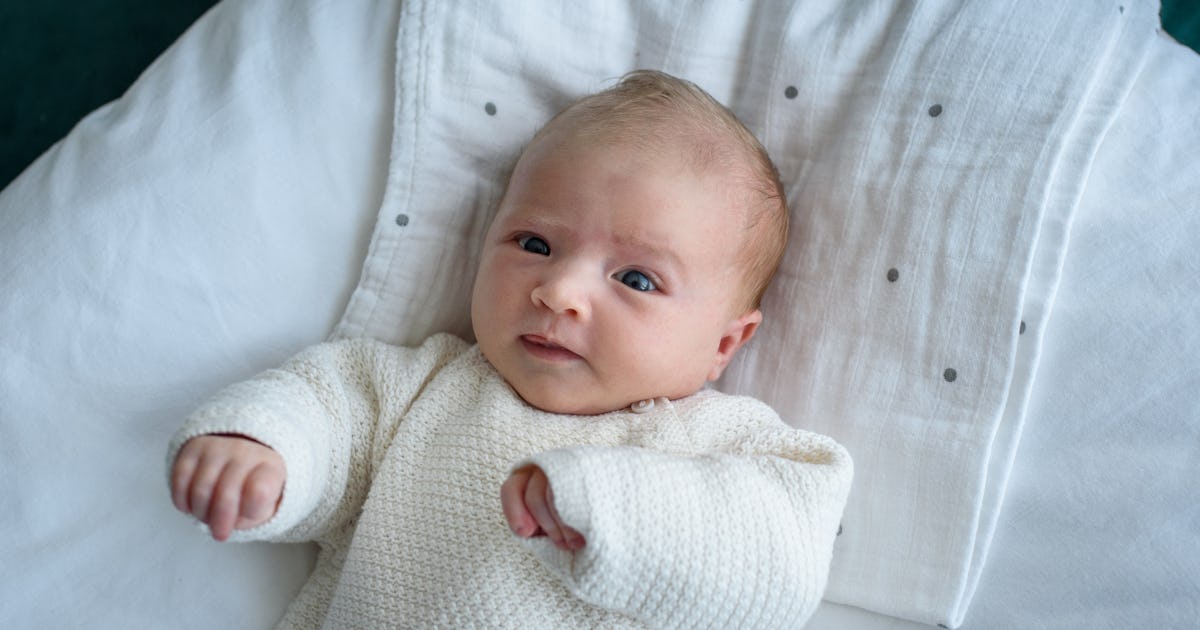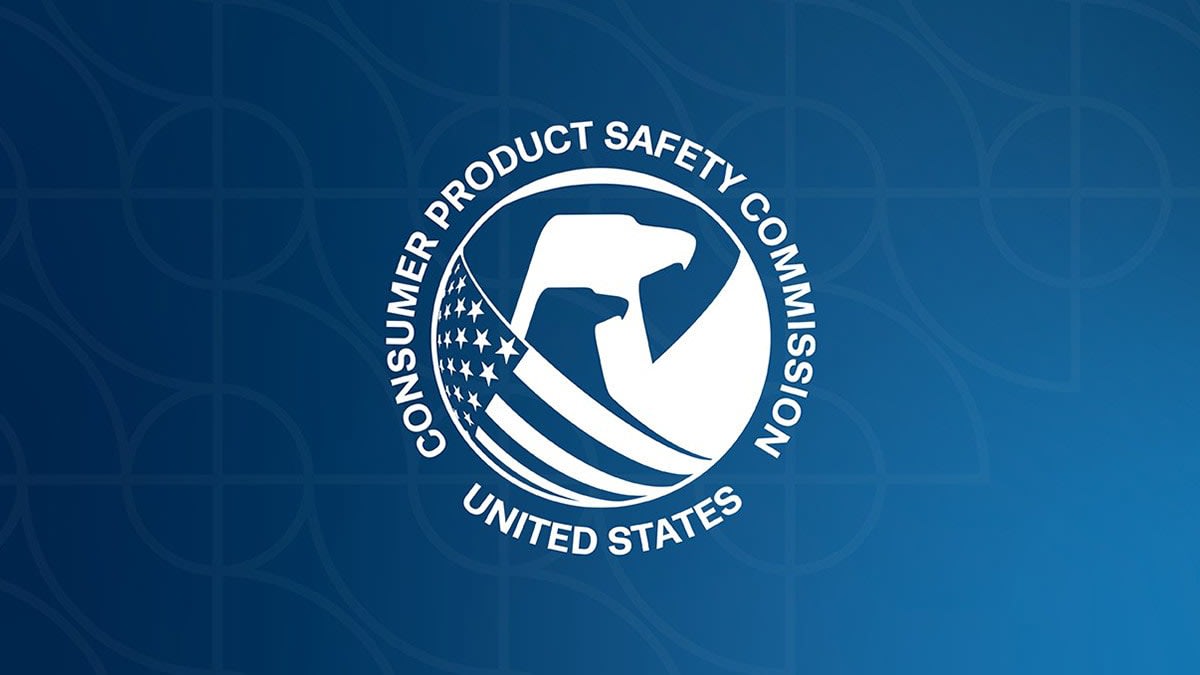Why Should We Save the Consumer Product Safety Commission? - Consumer Reports
A government agency responsible for protecting Americans from unsafe products now needs protection itself.
The Consumer Product Safety Commission (CPSC) has oversight of more than 15,000 categories of products whose safety we tend to take for granted—including things like hair dryers, power adapters, and candles, all of which have been the subject of recent recalls by the agency.
The CPSC was created by Congress over 50 years ago as an independent agency led by both Republican and Democratic commissioners to insulate its work from political pressure.
Since January, however, executive orders, staff reductions, and a hiring freeze in the federal government have been chipping away at the agency’s authority and independence. In late April, a draft White House proposal included plans to eliminate the CPSC, cut funding for the agency’s functions, and transfer what remains of its work to the Department of Health and Human Services. There, officials in charge of that work would answer directly to political appointees of whoever is occupying the White House.
Then, on May 8, the agency’s three Democratic commissioners were abruptly fired after they objected to staffers from the Department of Government Efficiency (DOGE) joining the agency. They say they will challenge the move in court.
Consumer advocate groups and lawmakers in Congress are rallying to preserve the CPSC as a fully staffed and fully funded independent, bipartisan agency.
In this article
The CPSC’s impact is vital but sometimes invisible. As its staffers often note, it’s difficult to quantify deaths and injuries that don’t happen because of its efforts. But here are some of its key responsibilities:
The data is clear: Deaths and injuries go down after the agency takes action in specific areas, including (but not limited to) regulations on garage doors, swimming pool drains, and bicycle helmets. Another striking example: In the five decades after Congress enacted the 1970 Poison Prevention Packaging Act, which the CPSC enforces, poisonings of children under age 5 decreased by 80 percent.
Here are more dangerous product categories that the CPSC has taken action on over the years:
Over the past 20 years, hundreds of people have died from unstable dressers tipping over onto them—many of them young children—and thousands more are treated in emergency rooms for the same reason each year. CR investigations have found that many of these incidents are preventable and that it’s possible to design less expensive furniture that resists tipping over. The CPSC has adopted new standards for dresser design and safety testing, and it often recalls unsafe dressers as well as anchor kits, which are required by law to accompany them, if they prove to be faulty as well.
The CPSC has focused a lot of its work on preventing suffocation and sudden unexpected infant deaths, which claim about 3,500 babies in the U.S. each year, according to the American Academy of Pediatrics. This means taking a hard line on the kinds of soft and squishy baby sleep products that used to be standard in every newborn’s nursery but that we now know play a role in many of these tragedies. The CPSC oversees the safety of crib mattresses, bassinets, playpens, and many other types of baby products meant for sleeping. It has also banned inclined sleepers, padded crib bumpers, and “drop-side” cribs, which posed the risk of entrapment for babies. Thanks in part to all of this work, crib deaths decreased nearly 80 percent from 1973 to 2018.
Babies spend a lot of time feeding, and a nursing pillow is an indispensable item for many parents. But pillows that are too soft or allow caregivers to leave babies unattended on them can pose a risk of suffocation or other injuries. The CPSC says 154 infant deaths were associated with nursing pillows between 2010 and 2022. But all of them manufactured on or after April 23, 2025, must meet a new CPSC standard to be sold in the U.S.
Lead is a neurotoxin, particularly harmful to the developing bodies and brains of babies and small children. Phthalates are chemicals that can be found in some plastics, and they have been known to disrupt the body’s hormone development. Keeping both of these out of toys has been a priority. The CPSC has set rules for the maximum amount of lead and phthalates allowed in toys and other products meant for children, and it will recall those with amounts that exceed the limits. Recalls have included children’s hair clips, jewelry, water bottles, and toy gardening tools.
The world is unlikely to run out of unsafe, counterfeit, toxic, or easy-to-misuse products, so there will always be more work for the CPSC to do. But here are a few specific safety regulations that have been in the works but have not yet been finalized, just some of the reasons the fired commissioners say they’re eager to get back to work:
- Be wary of extremely inexpensive products with unfamiliar brand names that you see online, especially those coming from overseas. If something is suspiciously inexpensive compared with its competitors, the manufacturer may have cut costs by skipping important safety testing or features, experts say.
- If you have any safety incidents or concerns about a product you’ve used or seen for sale, report it to the agency’s SaferProducts.gov database.
Lauren Kirchner is an investigative reporter on the special projects team at Consumer Reports. She has been with CR since 2022, covering product safety. She has previously reported on algorithmic bias, criminal justice, and housing for the Markup and ProPublica, and was a finalist for the Pulitzer Prize in Explanatory Reporting in 2017. Send her tips at [email protected] and follow her on X: @lkirchner.













:max_bytes(150000):strip_icc()/Parents-CPSCNursingPillows-5dd27da431314e9dbe199259a56371b7.jpg)